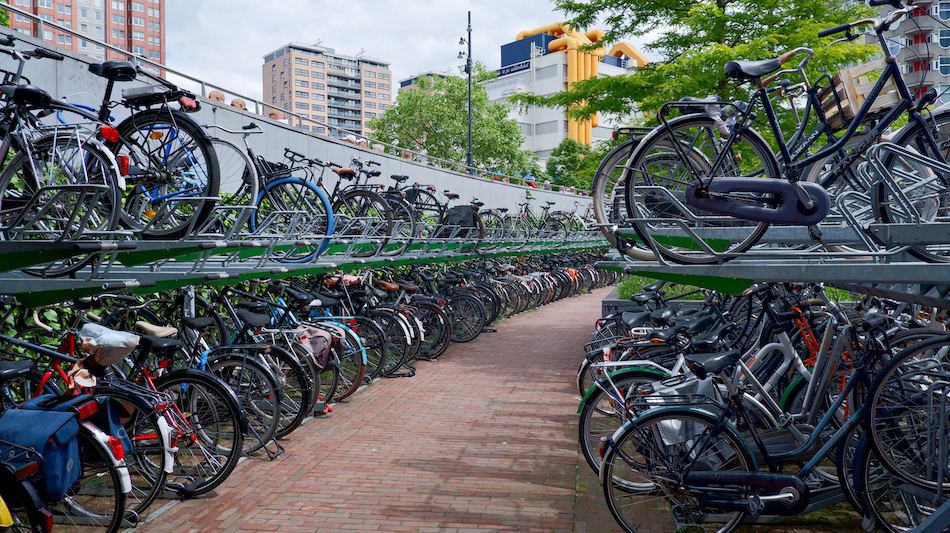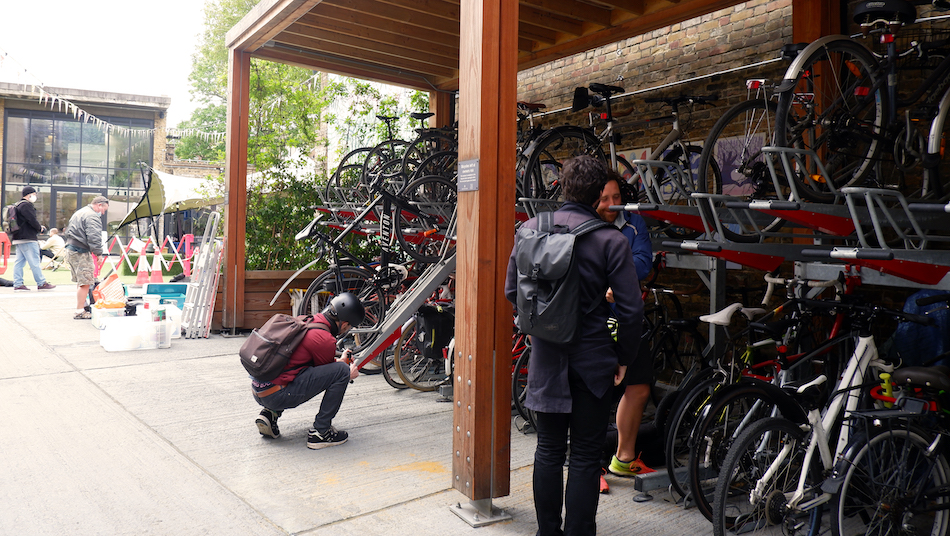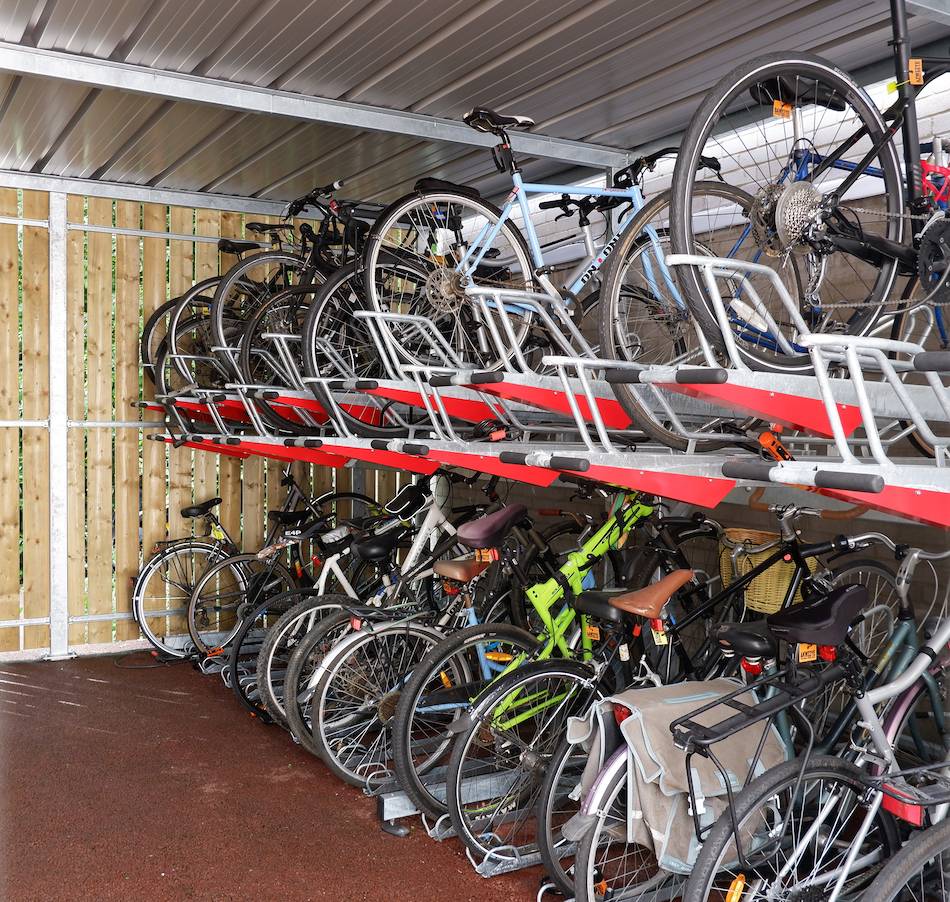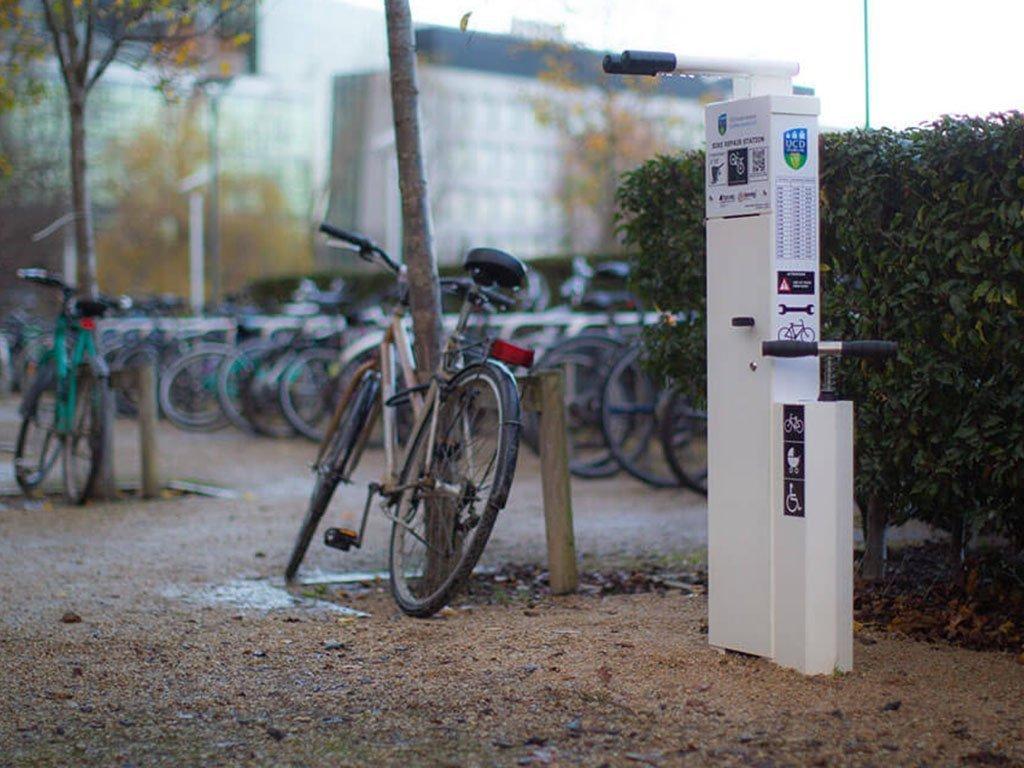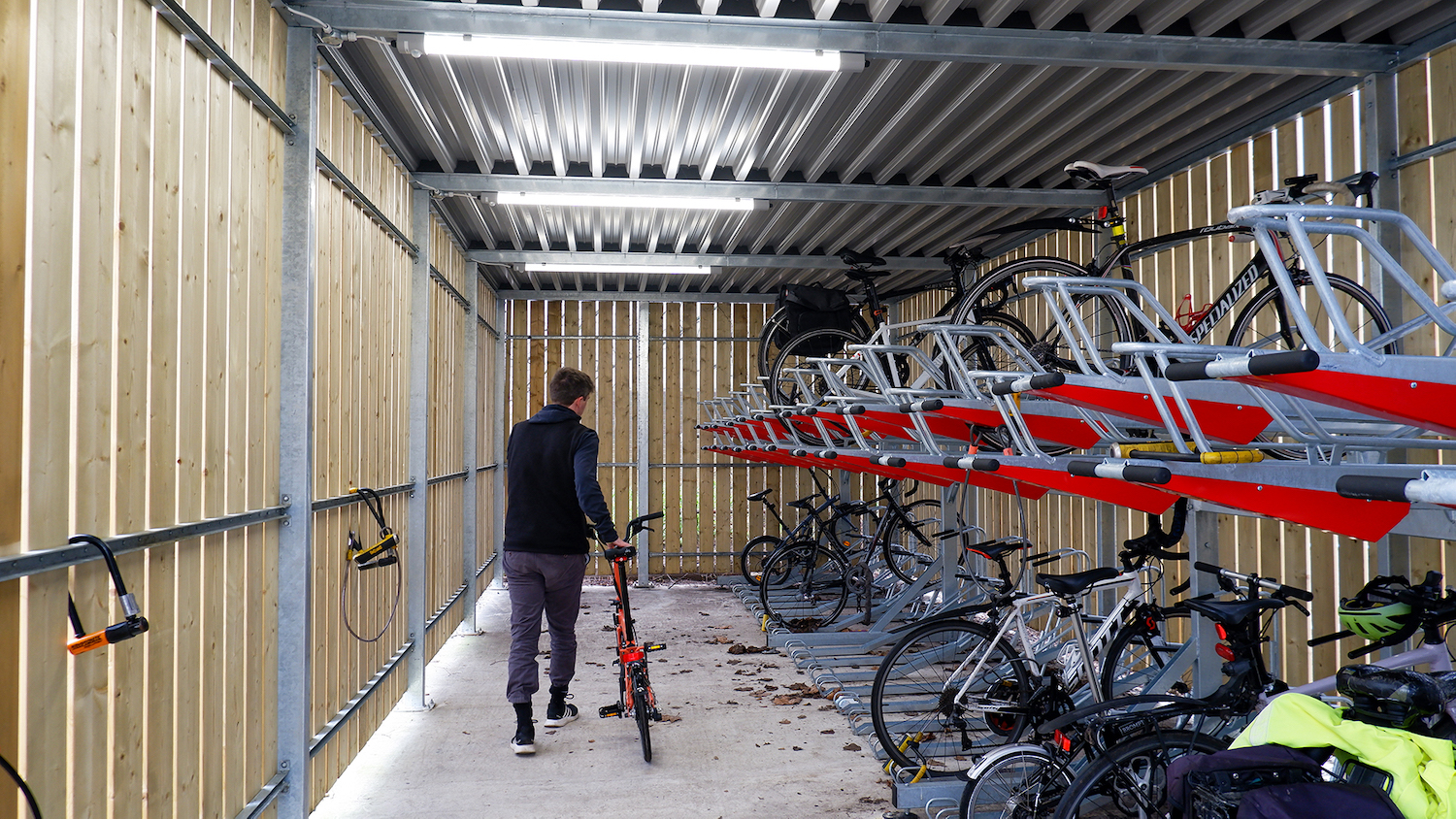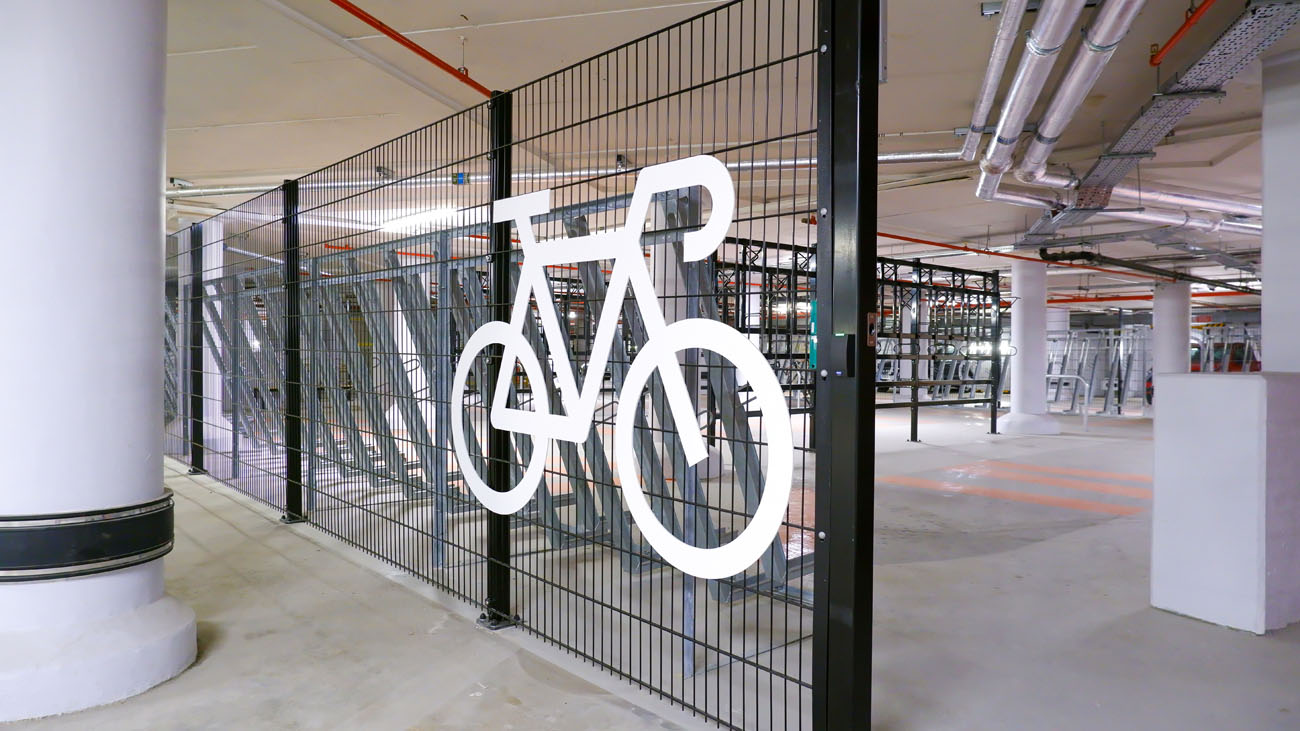What’s the answer to parking and storing hundreds, if not thousands, of bicycles in one secure place? It is a big challenge for urban environments the world round, but what we do know is that using a portion of double stacked, or two-tiered bike racks, within a parking facility is a must.
Two-tier bike racks vastly reduce the total footprint of stored bikes. We can achieve this by better utilising vertical height, along with a high-low stagger to reduce horizontal space.
However, there is a misunderstanding that these racks are hard to use, unsafe, and not durable. This is true, but only for a certain type of two-tier rack. You see, not all two-tier bike racks are made equal. In fact, some are certainly hard to use, while others are simply unsafe. The best two-tier racks are available for use for the widest number of people and bicycle types.
Here are the key differences that every specifier, architect, and planner needs to know.
The difference between gas-assisted and non-gas two-tier bike racks
Similar to what you might find on a car boot, a gas-strut supports the upper tier of a two-tier rack, helping the user safely lower and raise the bike without supporting its weight.
Without this gas-strut to aid the lifting of the upper tier, the system becomes not only very hard to use, but incredibly unsafe.
These are not lightweight racks, and expecting the user to bear the weight of their bicycle plus the weight of the system means there is a chance of the rack crashing to the ground, or the user not being able to lift the rack and unfortunately injuring themselves.
Above all else, having a gas-strut ensures that the user comes first and we are able to make sure as many people as possible are able to use the racks.
For any bike store or facility, anywhere, we only recommend specifying gas-assisted two-tier racks.
